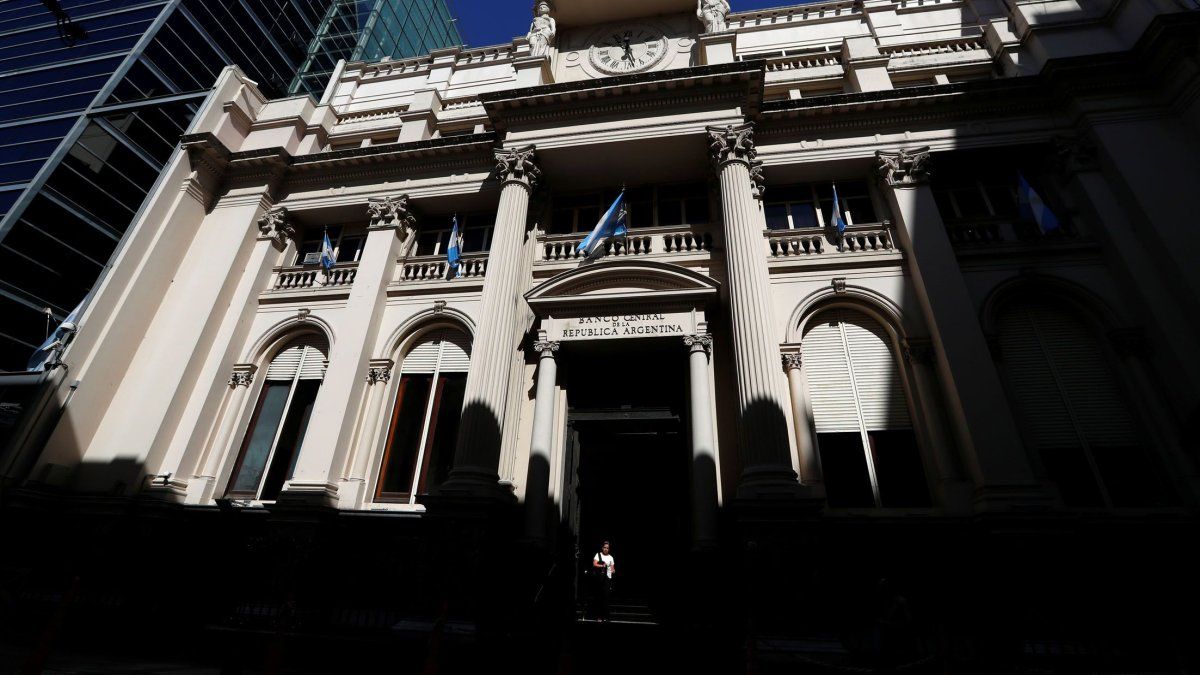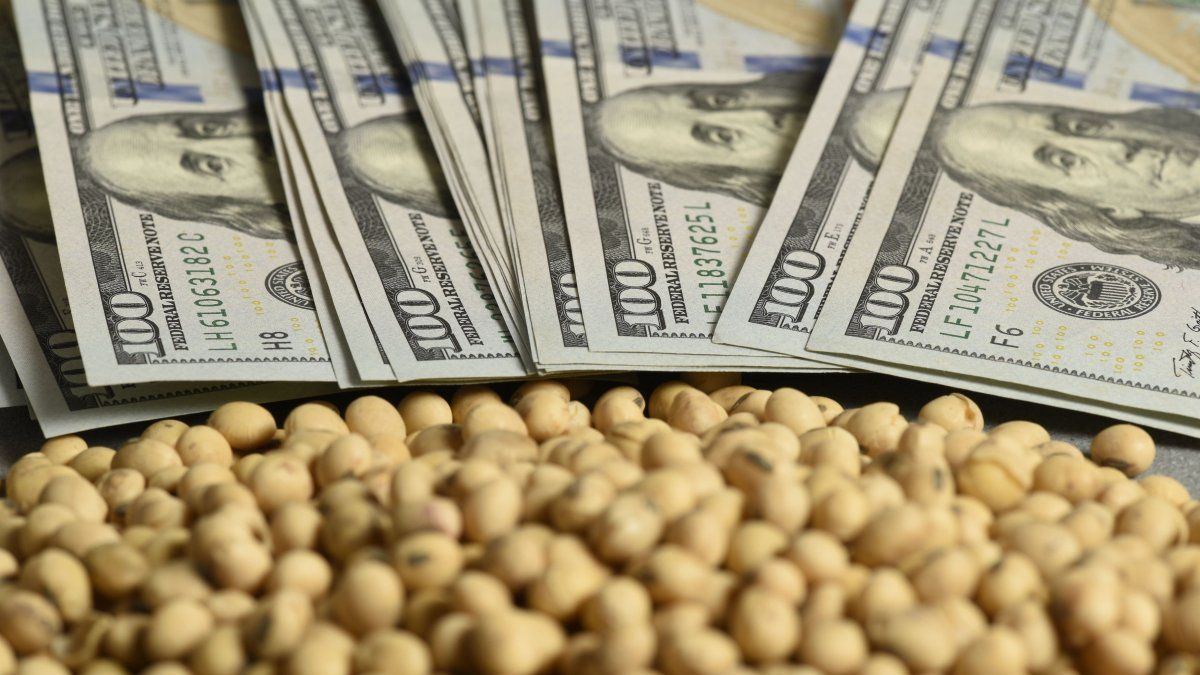The fixed-term deposits made a 180-degree turn in July compared to what had been happening the previous month. After the decline in June, grew, although at a slower pace than the rest of the deposits (+1.8% monthly in real terms) and show the worst year-on-year drop (51.3% in real terms).
However, The remunerated deposits held by FCI grew again by 7.9% monthly in real terms and is the only one that continues to grow in annual terms, as it climbed this month to 48.4% in real terms, according to data from Labour Capital and Growth (LCG).
Besides, The consultancy firm highlights that, in July, all deposits in pesos showed real growthan event that had not occurred since March 2020. Demand deposits, for their part, achieved their third consecutive month of increase, at a real monthly rate of 6.8%, strongly affected by the 10.7% monthly growth of Savings Banks. The positive variation in demand deposits explains 75% of the monthly growth.
Finally, foreign currency deposits increased by 4.3% monthly measured at the end of the month (about US$768 million), the largest increase of the year and total US$18.7 billion.
The reasons for the increase in loans and fixed-term deposits
LCG Consulting attributes this phenomenon to the slowdown in inflationwhich has reduced the perception of loss of value of money. This has led to both individuals and businesses feel safer by holding balances in the banking sectordespite low nominal interest rates, or even zero in some cases.
Nevertheless, Average placement time continues to declinestanding at 49.7 days compared to 51 days in the previous month. The stock of fixed-term deposits, although showing an improvement of 26% compared to the drop in February, is still less than half of what it was a year ago, standing at levels similar to those of early 2003.
Breaking down the deposits, 75% of the monthly increase corresponds to demand depositswhich have grown by 6.8% in real terms per month, although they show a year-on-year decrease of 18.1%. Savings banks had a monthly growth of 10.7% in real terms. In contrast, time deposits grew by 1.8% in real terms per month, but showed a year-on-year fall of 51.3%, the largest among the categories.
Deposits in the “Other” category, which includes those remunerated by Mutual Investment Funds (FCI)increased by 7.9% month-on-month and 48.4% year-on-year. In addition, foreign currency deposits increased by 4.3% month-on-month at the end of the month, reaching an estimated total of US$18.7 billion.
The consultancy founded by Martín Lousteau highlighted that the increase in deposits goes hand in hand with the recovery of bank credit. Loans, when settled, increase the balance of deposits, which can result in a consolidation of funds in banks. This growth in bank credit is driven mainly by financing for companies, which grew by 17% monthly in real terms, although it is still 13.3% below the same month last year.
fixed-terms-photo.jpg
This growth in bank credit is mainly driven by financing to companies, which grew by 17% monthly in real terms, although it is still 13.3% below the same month last year.
He Consumer credit also rose by 10.4% monthlydriven by a 15.4% increase in personal loans and a 7.9% increase in credit card financing. However, in annual terms, consumer loans decreased by 17.6% in real terms. Secured loans grew by 11.9% monthly but fell by 45.2% in the annual comparison.
In the short term, they persist Uncertainties about the future of interest rates, inflation and the exchange rateThe consultancy anticipates that there could be fluctuations in the value of the dollar that temporarily affect the recovery. Ultimately, the pace of credit expansion will depend on credit demand and the level of economic activity. Although a V-shaped recovery is not expected, improvements in inflation and activity could stimulate credit demand, contributing to consumption at the margin.
Source: Ambito
I am a 24-year-old writer and journalist who has been working in the news industry for the past two years. I write primarily about market news, so if you’re looking for insights into what’s going on in the stock market or economic indicators, you’ve come to the right place. I also dabble in writing articles on lifestyle trends and pop culture news.




